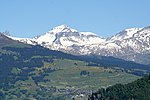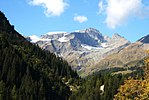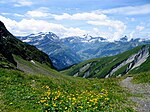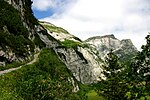2018 Ju-Air Junkers Ju 52 crash

On 4 August 2018, a Junkers Ju 52 passenger aircraft operated by Ju-Air crashed near Piz Segnas, Switzerland, while en route from Locarno to Dübendorf. All 20 people on board were killed. It was the first fatal crash of a Ju-Air aircraft since the company began operations in 1982. The cause of the crash was investigated jointly by the Swiss Transportation Safety Investigation Board (STSB) and the cantonal police of Grisons on behalf of the federal and cantonal prosecutors' offices. The final STSB report on the accident, released on 28 January 2021, indicated that the accident was caused by the two highly experienced pilots flying recklessly, disregarding regulations, failing to anticipate expected turbulence, and failing to control the aircraft to prevent it from stalling and spinning into the ground. The report also found that the aircraft was not airworthy at the time of flight, in that the engines were not producing their minimum rated power and that the company had a deficient safety culture of rule breaking.
Excerpt from the Wikipedia article 2018 Ju-Air Junkers Ju 52 crash (License: CC BY-SA 3.0, Authors, Images).2018 Ju-Air Junkers Ju 52 crash
Kletterroute 25,
Geographical coordinates (GPS) Address Nearby Places Show on map
Geographical coordinates (GPS)
| Latitude | Longitude |
|---|---|
| N 46.899166666667 ° | E 9.2291666666667 ° |
Address
Kletterroute 25
Grisons, Switzerland
Open on Google Maps











